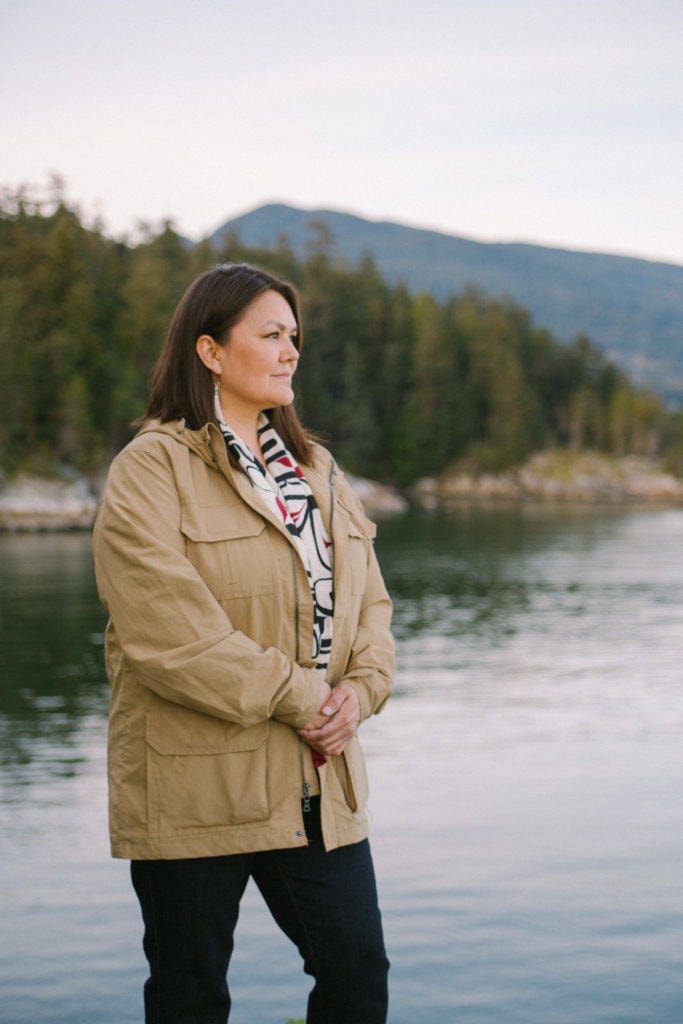More than 300 million salmon smolts are making their way through the Skeena watershed to the estuary where they will pause before embarking on their three to five-year saltwater journey.
Many millions more are doing the same down the Nass, Stikine, Taku, and Unuk rivers to the coast, and down my own Fraser River.
And yet too few are predicted to return this year on the Skeena. There are likely Chinook closures up and down the coast. While the Fraser is supposed to be in a dominant year for returning sockeye runs, there are deep concerns about the impacts from the Mount Polley mine disaster nearly four years ago.
Imperial Metals’ Mount Polley tailings dam failure was described as the “greatest environmental disaster in B.C.’s history.” Some 15 million cubic meters of toxic waste washed out Hazeltine Creek and spilled into Quesnel Lake as the sockeye were returning to the salmon nursery of the Fraser River.
To date, there have been no charges, no fines, and no penalties for this mining disaster. In other words, there has been no justice for those of us directly impacted or for all British Columbians where cumulative effects to watersheds and fish have taken a toll. The deadline for pressing charges by the Province came and went at the three-year anniversary. There’s just over a year left for charges under the federal Fisheries Act.
The independent panel report that investigated the Mount Polley disaster found that if business as usual continued, British Columbians can expect two tailings failures every decade. Should we really have to ask which two watersheds are next?
In British Columbia, there are currently 98 permitted tailings storage facilities at 60 metal and coal mines – 31 of these facilities are at mines that are operating or under construction. The remaining 67 are at mines that are either permanently closed or under care and maintenance. Government estimates that 45 mines have acid rock drainage/leaching potential and that 12 of these will require perpetual water treatment.
The Auditor General also produced a scathing report two years ago finding that the compliance and enforcement activities of both the Ministry of Energy and Mines, and the Ministry of Environment are not set up to protect the province from environmental risks “after nearly a decade of neglect.” As with the Mount Polley report, she also concluded that “business as usual” cannot continue.
Mining is a fact of life in B.C., but that doesn’t mean we have to accept mining practices that ride roughshod over community rights and threaten clean water. We must demand better and ensure B.C’s mining laws uphold First Nations rights and minimize risks to the environment. We need to establish no-go zones where mining waste and water treatment facilities (which often add more chemicals) are prohibited in salmon watersheds. We must ensure that the shift to a clean energy economy is founded in more responsible mining that has community consent.
Our cultures and communities rely on healthy watersheds and salmon to sustain us. They are part of our DNA, our stories, our governance, our livelihoods, and our connections across cultures. We need to learn from the losses our community faced from Mount Polley and Stand for Water. We need to do all that we can to increase the odds that those migrating smolts leaving now return in abundance and spawn, keeping the cycle going for generations to come.
-Jacinda Mack is co-founder of Stand for Water, a project of First Nations Women Advocating Responsible Mining (FNWARM). She will be showing a documentary and speaking in Smithers, May 29 at NWCC at 7 p.m., and New Hazelton, May 30 at The Meeting Place at 7 p.m.
